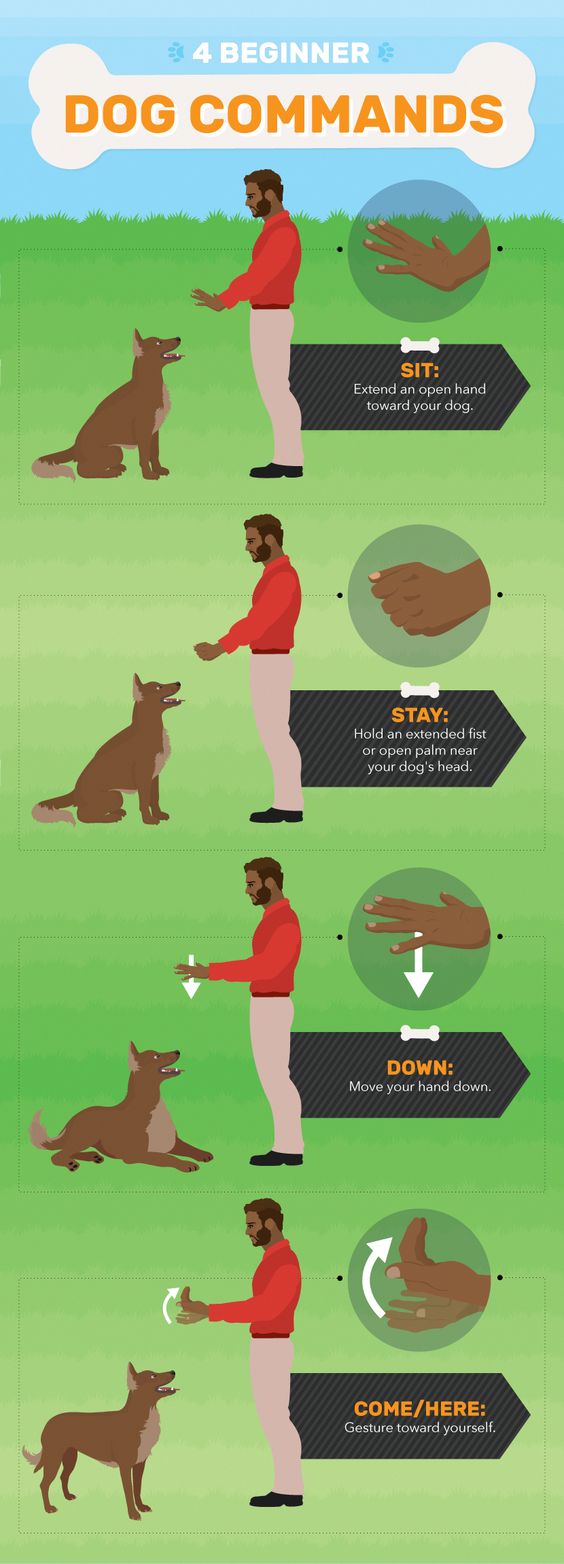Cao News Hub
Your daily source for trending news and informative articles.
Training Tails: Turning Your Pup into the Perfect Companion
Unleash your pup's potential! Discover tips and tricks to transform your dog into the perfect companion with Training Tails.
Essential Commands Every Dog Should Know for a Well-Trained Companion
Training your dog is an essential part of responsible pet ownership, and there are essential commands that every dog should know to ensure they become a well-trained companion. Key commands include 'Sit', 'Stay', and 'Come'. 'Sit' is often one of the first commands taught; it helps establish your role as the leader and can be useful in various situations, such as waiting at street corners or when guests arrive. The American Kennel Club emphasizes the importance of these commands in maintaining control and safety.
Another important command is 'Leave it', which can prevent your dog from picking up potentially harmful objects during walks. 'Drop it' is also crucial for ensuring that your dog relinquishes items they shouldn't have. Consistent training using positive reinforcement will help your dog learn and retain these commands. For more detailed training techniques, consider resources like PAWS Chicago, which offers an excellent guide on basic training.

Common Puppy Training Mistakes and How to Avoid Them
Training a puppy can be an exciting yet challenging journey for many new pet owners. One of the most common puppy training mistakes is inconsistency in commands and expectations. It’s crucial to establish clear rules and stick to them. For instance, if you allow your puppy to jump on the couch one day but scold them for it the next, they will become confused about what is acceptable behavior. Remember, consistency is key! For more tips on establishing a training routine, check out this AKC training guide.
Another frequent error involves the timing of rewards and corrections. Puppies learn best when positive reinforcement is immediate. If you wait too long to praise or reprimand, your puppy may not associate the action with your response, making it harder to learn desired behaviors. Aim to reward your puppy within seconds of the correct behavior, and use clear, simple commands. For further insights into effective training methods, visit Humane Society's training tips. Avoid these mistakes, and you’ll be on the right track to raising a well-behaved dog!
How to Choose the Right Training Method for Your Dog's Personality
When it comes to choosing the right training method for your dog's personality, understanding the unique traits of your canine companion is essential. Different dogs respond better to different training approaches, so it's crucial to assess their temperament, energy level, and learning style. For instance, breeds with high energy might thrive with more dynamic and engaging methods, while more relaxed breeds may benefit from calm, positive reinforcement techniques. Always observe your dog during training sessions to gauge what resonates best with them.
Another important factor to consider when deciding on a training method is your dog's age and previous experiences. For example, puppies are generally more adaptable and can handle various training methods, while older or rescue dogs may require more patience and a tailored approach. Techniques such as clicker training or positive reinforcement can be particularly effective for dogs that may have anxiety or fear issues. Ultimately, the goal should be to create a positive and enriching experience that fosters a strong bond between you and your dog.